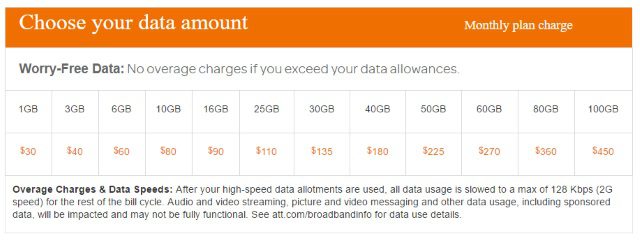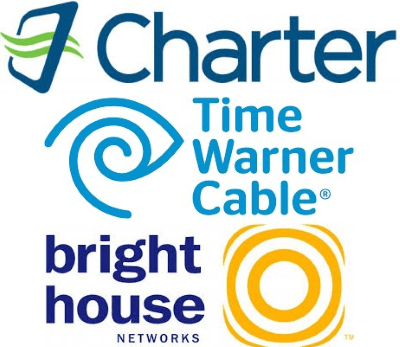 Thanks to one of our readers who also happens to be a TWC employee, here is the latest update to Charter/Spectrum’s list of first year promotions, taking effect in California and Texas (9/20) this month.
Thanks to one of our readers who also happens to be a TWC employee, here is the latest update to Charter/Spectrum’s list of first year promotions, taking effect in California and Texas (9/20) this month.
We expect it will be rolling out to other TWC and BH regions over the next few months. Unless you are compelled to change packages, if you are on a current Time Warner Cable or Bright House promotion or retention deal, we recommend you keep it until it expires. You can then enroll in one of these promotions, almost certainly at these prices, extending the length of your savings.
We expect Charter’s retention department to deliver a tougher line on retention packages and promotions than Time Warner Cable gave customers. Once these promotional prices expire, your rates will step up each year for two years thereafter until you reach the “rack rate” — Charter’s regular pricing. Your ability to secure new customer pricing again will probably require you to bounce between providers or cancel/come back as a new customer. I am told by long-time Charter customers that Charter’s retention prices are usually not as good as new customer pricing.
We have some corrections to our earlier coverage on this last month: broadband-only customers will pay a promotional rate of $39.99 a month for the first year for 60Mbps service, $79.99 a month for 100Mbps service (100Mbps or 300Mbps in existing TWC Maxx territories), not the $60/99 rack rate. We have received word Earthlink will continue to be another option for customers to consider for broadband service, which can be a good way to secure extended promotional pricing. Another change: phone service is now an extra $10 a month, not $20, as part of a triple play package. We notice Charter only lists free calling to U.S. numbers on this sheet. Time Warner Cable includes free calls to Canada, Mexico, China, Hong Kong, India, The EU, Norway and U.S. territories. We are unsure if this represents an omission or a downgrade. Also, the Wi-Fi fee is waived for Spectrum Ultra, which corrects our earlier piece where we thought this fee would apply to both broadband packages. Multi-DVR service pricing is still confusing on this chart. We’ve heard Charter intends to ditch TWC’s Whole House DVR service and give subscribers the option of multiple standalone DVR units instead. DVR pricing is: $4.99 for each DVR box + an $11.99 DVR service fee (if you have only one DVR). If you want multiple DVRs, they are each $4.99 a month with an all-inclusive monthly service fee of $19.99, regardless of how many extra DVR boxes you rent.
Obviously, we will be looking for money-saving opportunities for our readers once we get a better handle on Charter’s way of doing business.
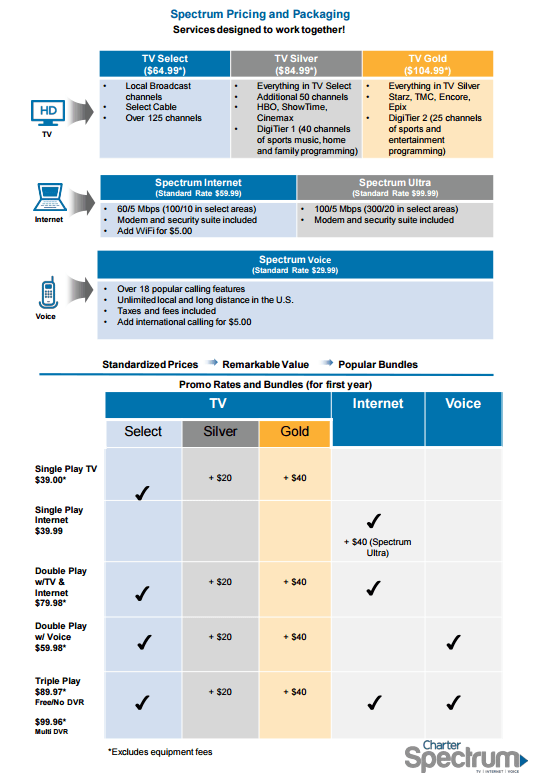


 Subscribe
Subscribe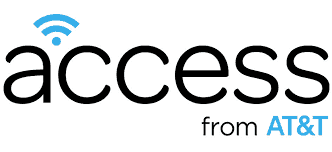 AT&T is adding insult to injury by telling tens of thousands of eligible urban households they do not qualify for the company’s new low-cost internet access program because the company cannot deliver at least 3Mbps DSL in their service-neglected neighborhood.
AT&T is adding insult to injury by telling tens of thousands of eligible urban households they do not qualify for the company’s new low-cost internet access program because the company cannot deliver at least 3Mbps DSL in their service-neglected neighborhood.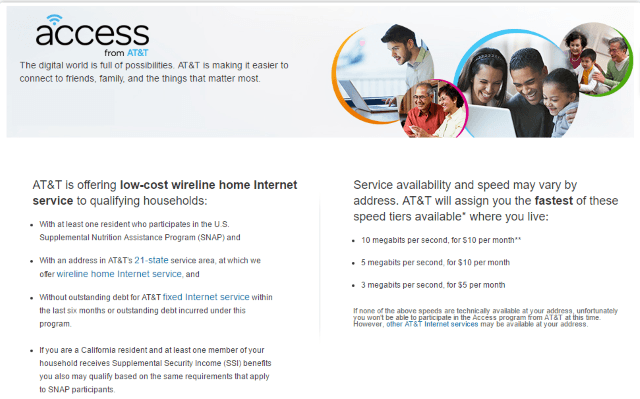
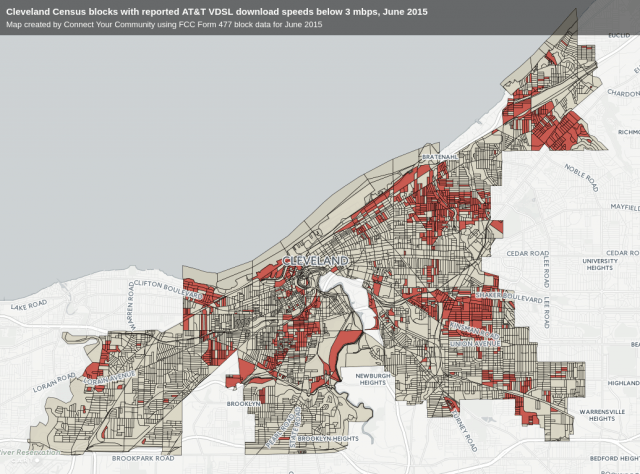
 With more than one million people in its footprint across western New York, Frontier Communications has the potential of picking up a significant number of new customers and keeping others from leaving with the introduction of its Vantage IPTV service (see
With more than one million people in its footprint across western New York, Frontier Communications has the potential of picking up a significant number of new customers and keeping others from leaving with the introduction of its Vantage IPTV service (see  Vantage TV is powered by Frontier’s broadband service and will need more bandwidth than the company can now supply across parts of the three dozen communities it plans to market IPTV in the Greater Rochester area. CEO Dan McCarthy promised to upgrade much of Frontier’s copper network to support speeds of 50Mbps or higher, but that isn’t likely to happen this year in large parts of western New York.
Vantage TV is powered by Frontier’s broadband service and will need more bandwidth than the company can now supply across parts of the three dozen communities it plans to market IPTV in the Greater Rochester area. CEO Dan McCarthy promised to upgrade much of Frontier’s copper network to support speeds of 50Mbps or higher, but that isn’t likely to happen this year in large parts of western New York.


